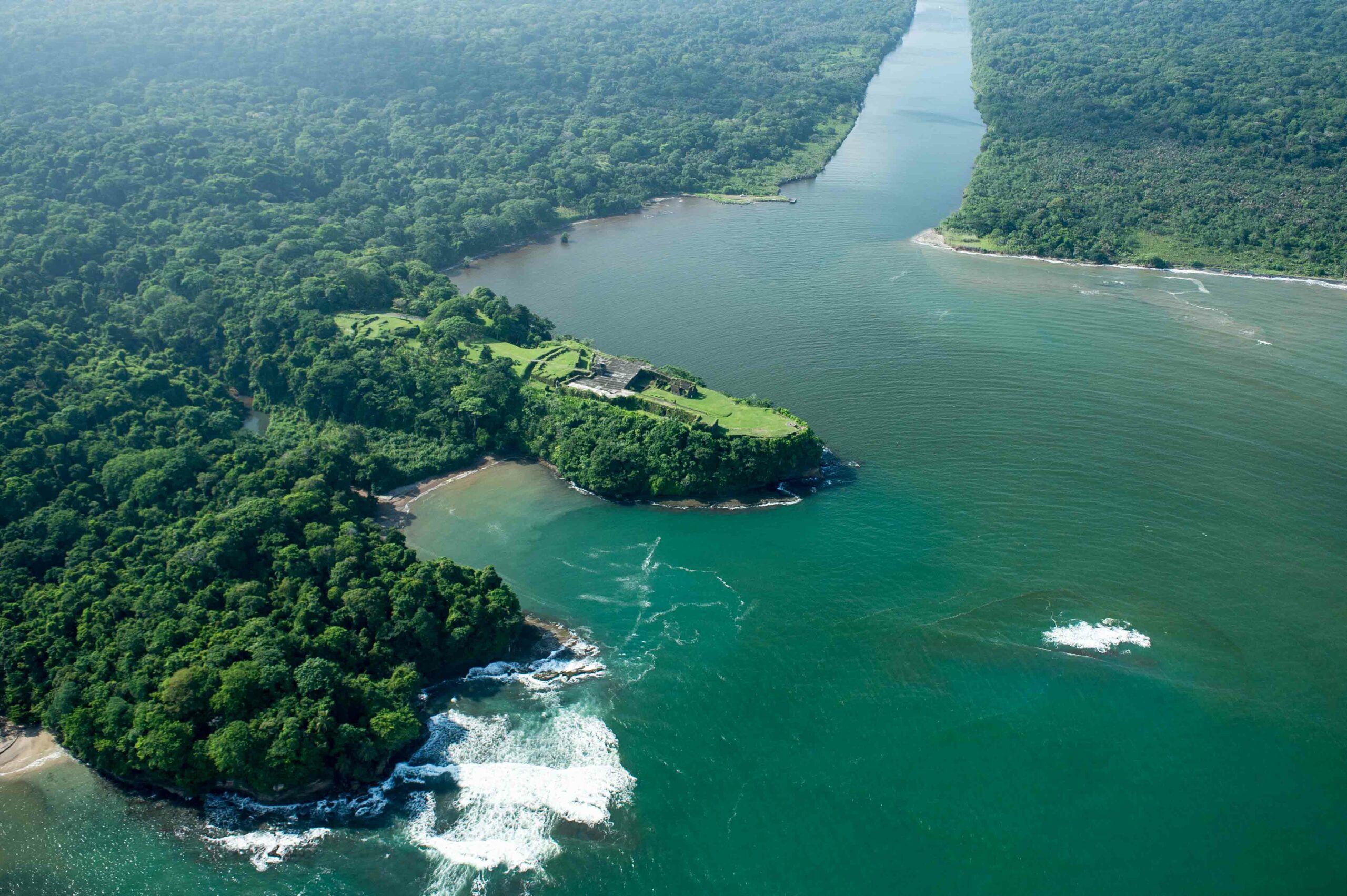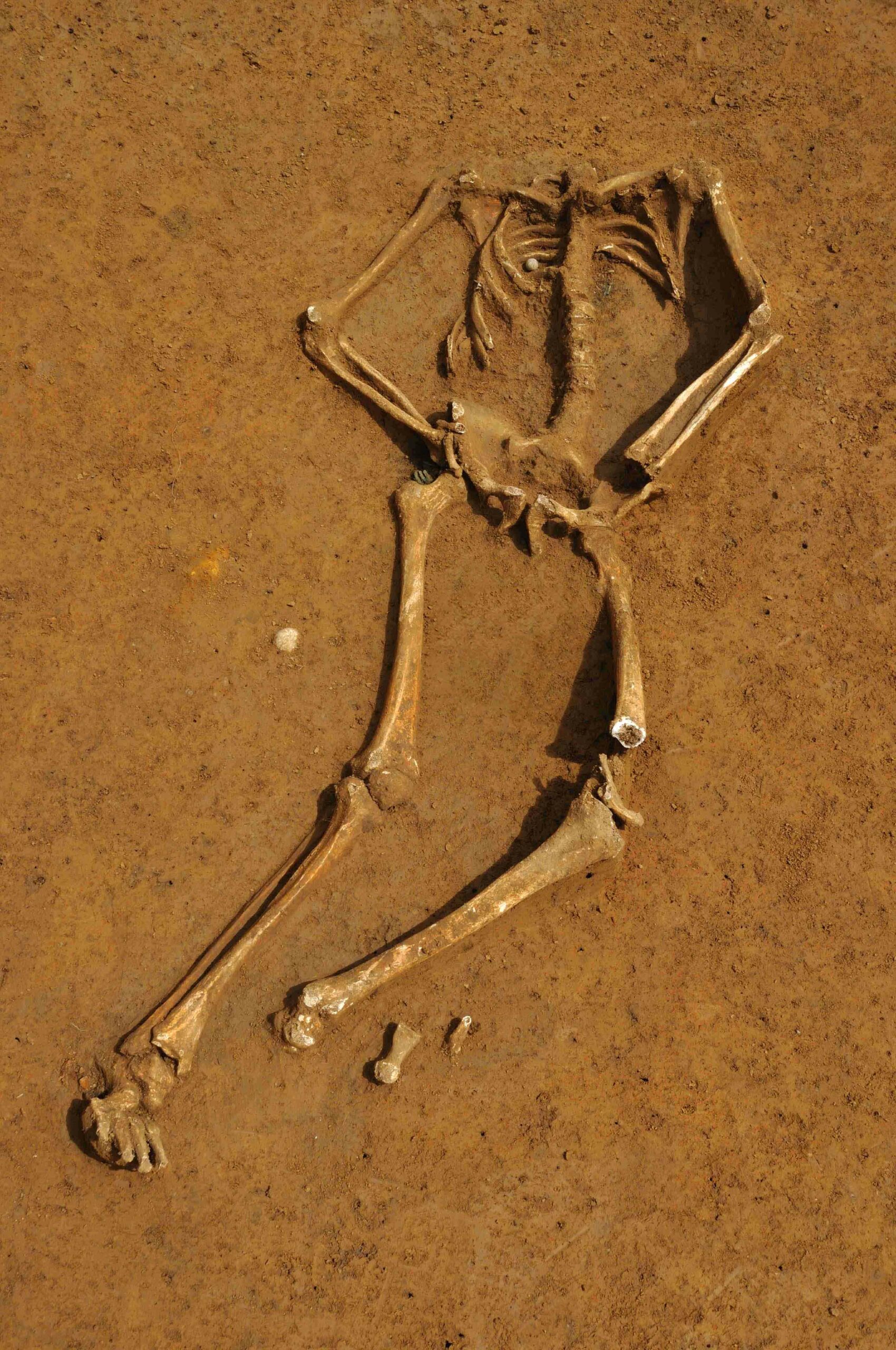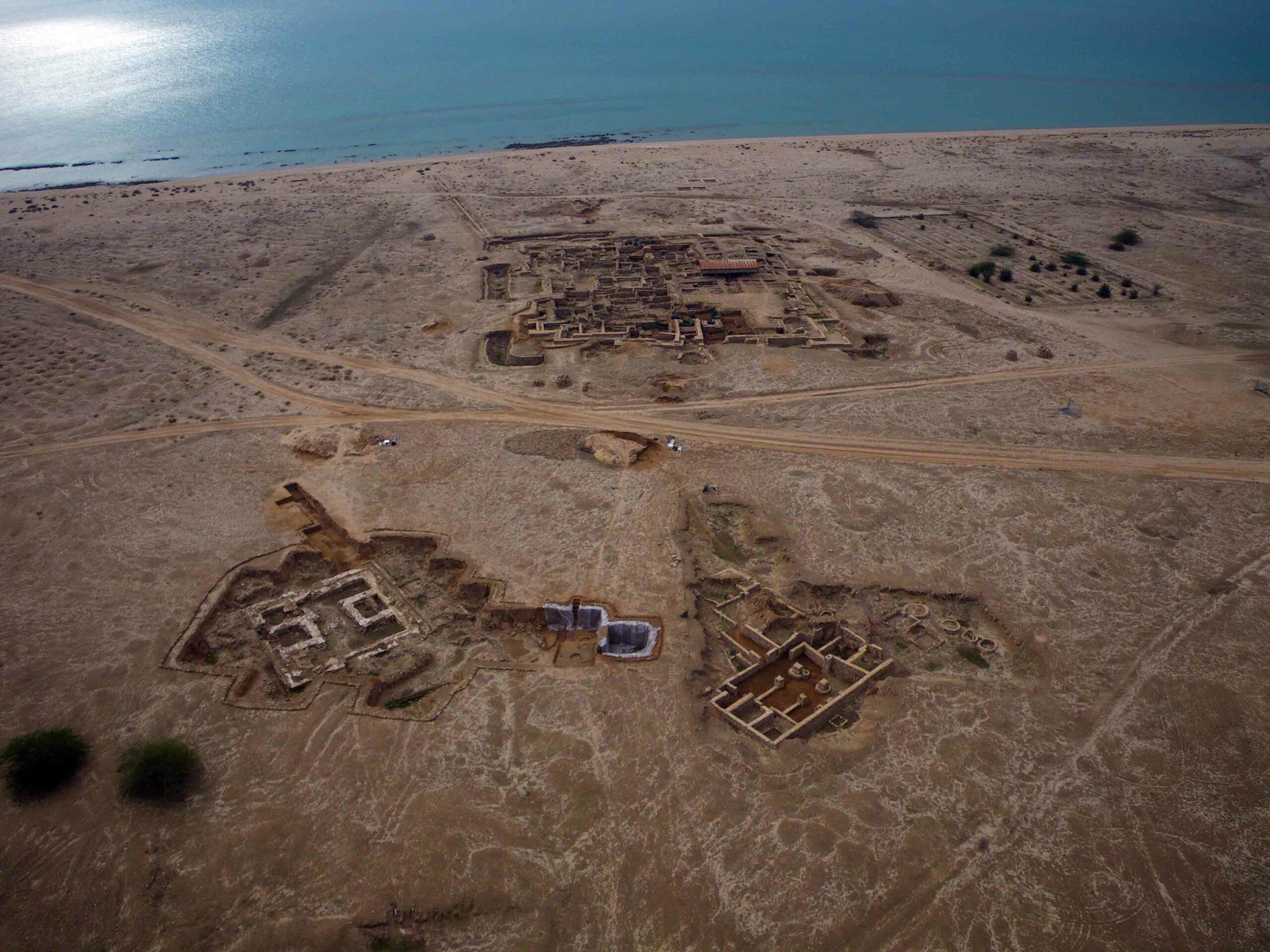NEW YORK CITY, NEW YORK—The Metropolitan Museum of Art has agreed to repatriate to Cambodia two life-size, tenth-century statues known as “The Kneeling Attendants,” based upon evidence suggesting that the statues had been looted from the Koh Ker temple complex during Cambodia’s civil war. Witnesses place the statues at the temple complex as late as 1970, and officials at the museum were presented with photographs of the statues’ broken-off bases, which remain in situ. The Met received the statues as two heads and two torsos as separate gifts between 1987 and 1992. “This is a case in which additional information regarding the Kneeling Attendants has led the museum to consider facts that were not known at the time of the acquisition and to take the action we are announcing today,” Thomas P. Campbell, director of the Metropolitan Museum, said last Friday.
Museum Will Return Khmer Statues to Cambodia
News May 6, 2013
Recommended Articles
Artifacts July/August 2025
Maya Ceramic Figurine

Off the Grid July/August 2025
Vichama, Peru

Digs & Discoveries July/August 2025
Bound for Heaven

Digs & Discoveries July/August 2025
Saints Alive

-
Features March/April 2013
Pirates of the Original Panama Canal
Searching for the remains of Captain Henry Morgan's raid on Panama City
 (Courtesy Captain Morgan Rum Co.)
(Courtesy Captain Morgan Rum Co.) -
Features March/April 2013
A Soldier's Story
The battle that changed European history, told through the lens of a young man’s remains
 (Courtesy Dominique Bosquet)
(Courtesy Dominique Bosquet) -
Letter From Cambodia March/April 2013
The Battle Over Preah Vihear
A territorial dispute involving a 1,100-year-old Khmer temple on the Thai-Cambodian border turns violent
 (Masuru Goto)
(Masuru Goto) -
Artifacts March/April 2013
Pottery Cooking Balls
Scientific analyses and experimental ARCHAEOLOGY determine that mysterious, 1,000-year-old balls of clay found at Yucatán site were used in cooking
 (Courtesy Bolonchen Regional Archaeological Project)
(Courtesy Bolonchen Regional Archaeological Project)


